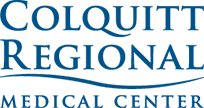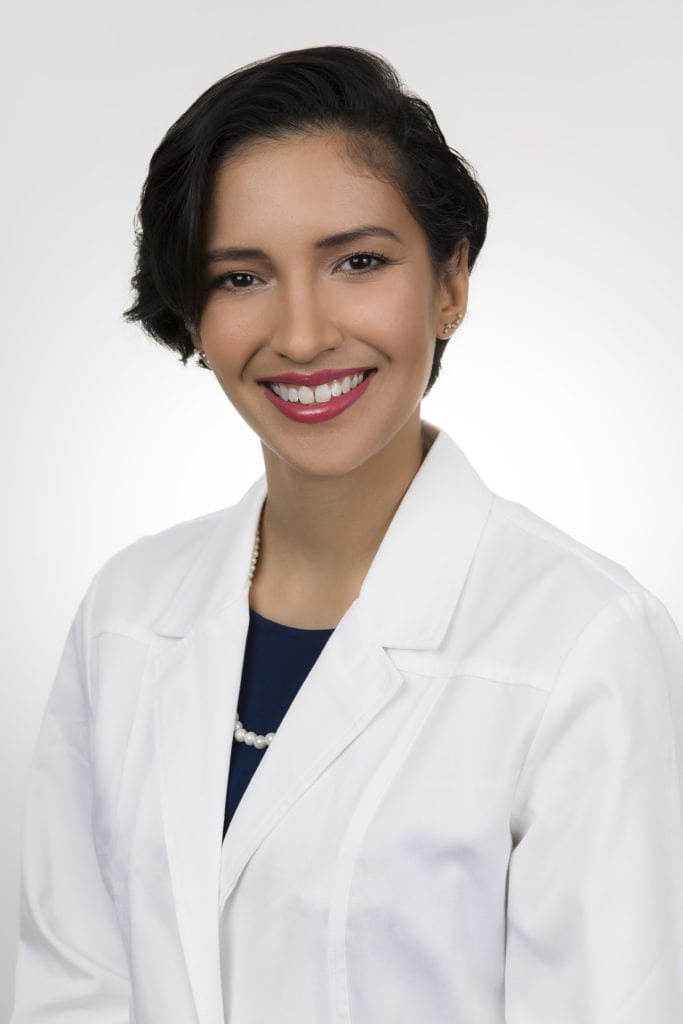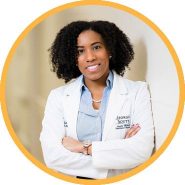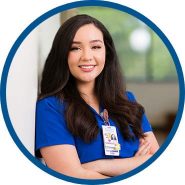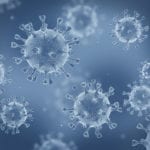BY: DR. GISELLE PINEIRO
October is Breast Cancer Awareness Month. The American Academy of Family Practice says breast cancer is the second-leading cause of cancer death among women in the United States with the most frequent diagnoses being among women ages 55 to 64, with the average age of death from the disease occurring at age 68. These facts should make breast cancer awareness important to all of us.
What does Breast Cancer Awareness mean for you? That question is for both women and men. While the small risk of breast cancer in men cannot be overlooked, the question applies to most men through the important women in their lives: their wives, mothers, sisters, or others. For any man or woman, the best way to be aware of breast cancer risk is to ask: One – How old am I or my loved one? Two – Am I or my loved one having any breast symptoms? Three – Am I or my loved one at high risk for breast cancer?
Age is the most important risk factor for breast cancer, with mammography as the primary detection tool. Mammograms are x-ray pictures of the breasts that make it possible to detect tumors or tiny calcium deposits that cannot be felt but may indicate breast cancer. A radiologist, who is a doctor especially trained to “read” the x-rays, will interpret them for any indications of trouble. The U.S. Preventative Services Task Force recommends that women between ages 40 and 49 make the decision with their doctor as to when to start screening with mammograms. Women ages 50 to 74 who have no breast symptoms and are not considered at genetic high risk for cancer should have mammograms every other year, as long as results are normal. Women over the age of 75 can discontinue routine mammograms.
Regarding symptoms, those that cause concern include: discharge from the nipple, redness, tenderness, swelling, lumps, bumps, and changes in the way the breast skin appears. These symptoms mean that you should not wait until your next expected mammogram. Instead, make an appointment to be seen by your family doctor or gynecologist. Remember, early detection is key!
What makes a person have high risk for breast cancer, even without current symptoms? The most important factor is a history of breast cancer in female relatives for whom you have a direct genetic connection. This can be especially important if that person is your biological sister, mother, or daughter, or a first-degree relative. If one of these relatives has had breast cancer, your doctor may test for mutations in the genes called BRCA1 or BRCA2 because those mutations are associated with an increased risk of breast cancer.
Lastly, be aware that some fear or anxiety about cancer is normal, especially when you are being screened for cancer. Your medical community is here to help prevent, detect, and fight cancer with you. There are important women in all of our lives; but sometimes, the most important woman is you.
